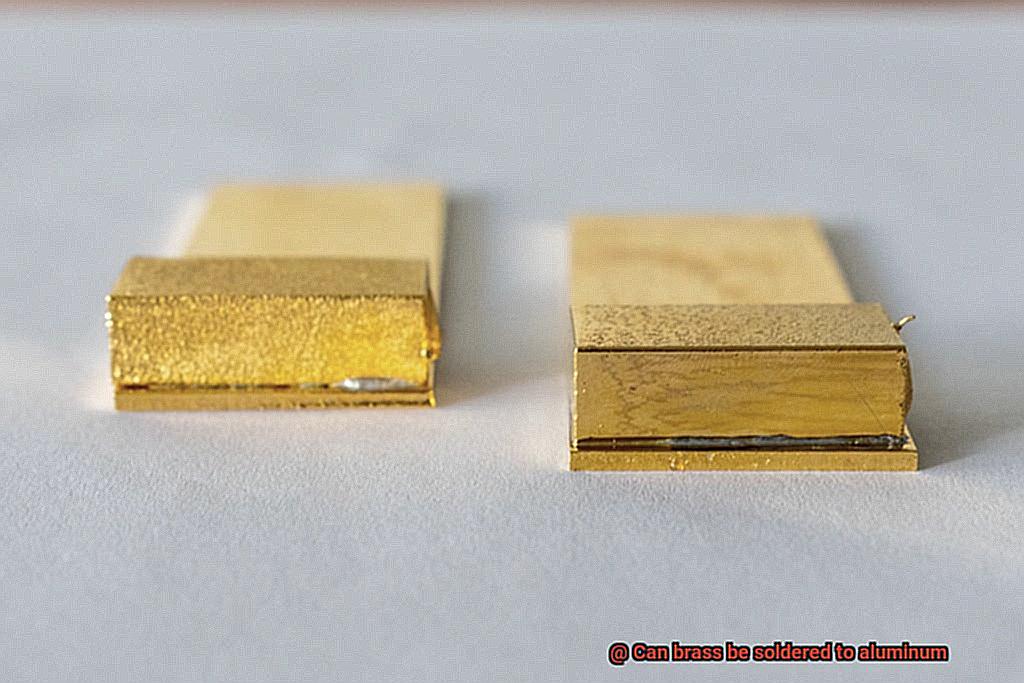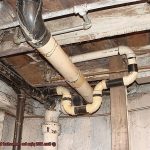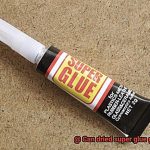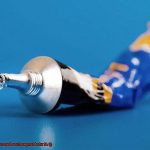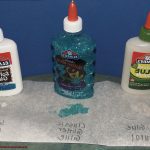Are you ready to dive into the fascinating world of metallurgy? Have you ever wondered if it’s possible to solder brass to aluminum? This question has puzzled many people for years, but the answer is a resounding yes. However, it’s not as easy as it sounds.
Soldering involves heating two separate metals and joining them together with a third metal that has a lower melting point. In this case, we want to join brass, a copper and zinc alloy commonly used in household fixtures, with aluminum, a lightweight metal widely used in manufacturing and aerospace industries. These two metals have different melting points and properties, making it seem impossible to join them together.
But thanks to recent advances in metallurgy and engineering, we can now solder brass to aluminum. It’s not without its challenges though – these metals have vastly different thermal properties and melting points that require careful consideration.
Joining brass and aluminum seems impractical at first glance. After all, how can two dissimilar metals be joined together? But with science on our side, we can explore the possibilities and challenges that come with soldering these metals together. So buckle up and get ready for an informative journey through the world of metallurgy.
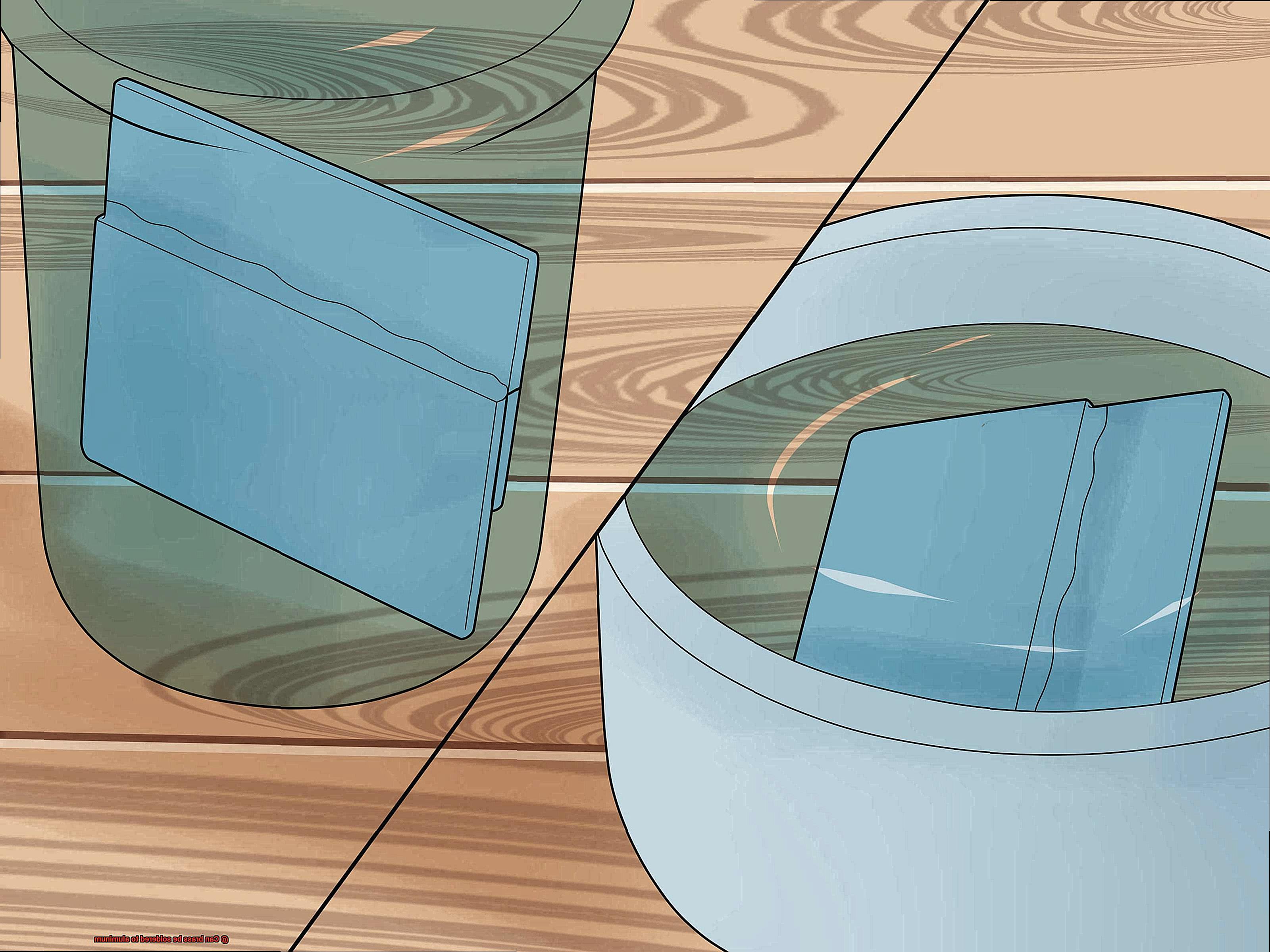
The Challenges of Soldering Brass to Aluminum
Contents
- 1 The Challenges of Soldering Brass to Aluminum
- 2 Understanding the Different Melting Points
- 3 Preparing the Surface for Soldering
- 4 Specialized Solders for Soldering Brass to Aluminum
- 5 Adhesive Bonding Agents for Joining Brass and Aluminum
- 6 Considerations When Using Adhesive Bonding Agents
- 7 Tips for Successfully Soldering Brass to Aluminum
- 8 Conclusion
Soldering brass to aluminum presents a unique set of challenges due to the significant differences in their physical and chemical properties. Brass, an alloy made up of copper and zinc, has a higher melting point than aluminum, a non-ferrous metal known for its high thermal conductivity and low melting point. The disparity in melting points is the first obstacle that must be overcome.
However, the difference in thermal expansion coefficients between the two metals is another major challenge. Brass has a higher coefficient of thermal expansion than aluminum, which means it will expand more when heated. This can cause a great deal of stress on the joint during heating and cooling, leading to cracking or separation.
In addition to thermal expansion, intermetallic compounds (IMCs) can also be formed between brass and aluminum during the soldering process. These compounds are created when the atoms of the two metals bond together at high temperatures, resulting in a brittle and weak joint. The formation of IMCs can weaken the joint and reduce its strength, making it more susceptible to failure under stress.
Moreover, the oxide layer on aluminum can also pose a challenge when soldering brass to aluminum. The oxide layer prevents the solder from adhering properly to the aluminum surface, resulting in a weak and unreliable joint. Proper preparation techniques must be applied to remove the oxide layer on the aluminum surface before soldering.
To overcome these challenges, specialized solders or adhesive bonding agents can be used. Soldering with specialized solders that have a lower melting point than traditional brazing or welding materials can form a strong bond between the two metals. Adhesive bonding agents such as epoxy or cyanoacrylate glue can also create a strong bond between brass and aluminum without requiring high temperatures or specialized equipment.
It is important to note that adhesive bonding may not be suitable for all applications and may not provide the same level of strength as a soldered joint. Proper preparation techniques must also be applied to remove the oxide layer on the aluminum surface before soldering.
Understanding the Different Melting Points
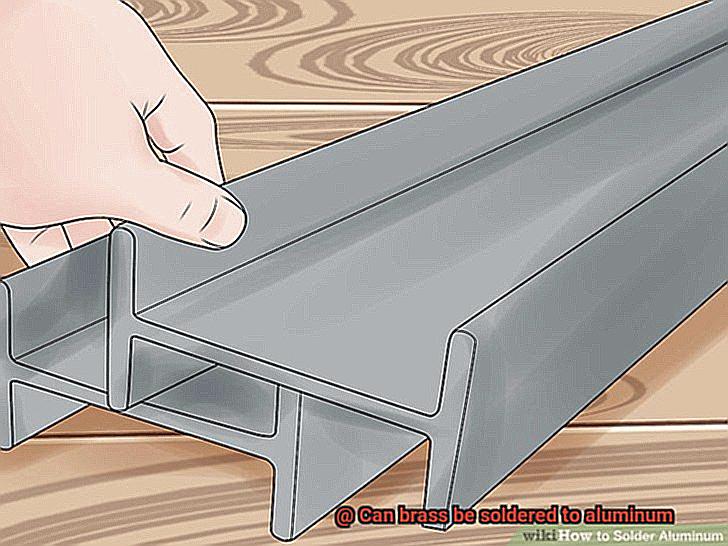
Soldering brass and aluminum together can be a daunting task, especially when considering their vastly different melting points. Brass, an alloy made from copper and zinc, has a melting point ranging from 900-940°C (1652-1724°F), while aluminum, a lightweight metal, has a low melting point of around 660°C (1220°F). Attempting to solder them together at the same temperature would result in the aluminum melting before the brass even reaches its melting point.
But fear not, there is a solution to this challenge – zinc-aluminum solder. This type of solder has a melting point of about 380-400°C (716-752°F), which is lower than brass but higher than aluminum. By using this type of solder, you can effectively bond brass and aluminum without damaging either metal.
However, using the right type of solder is not enough to ensure a successful bond between brass and aluminum. It’s important to thoroughly clean the surfaces of both metals and remove any oxidation or corrosion before soldering. Proper flux must also be used to prevent oxidation during the heating process.
To ensure success, it’s important to follow these steps:
- Clean the surfaces of both metals thoroughly.
- Remove any oxidation or corrosion.
- Use proper flux during the heating process.
- Use zinc-aluminum solder to bond the metals together.

By following these steps, you can create a strong and lasting connection between brass and aluminum.
Preparing the Surface for Soldering
Soldering brass to aluminum is an intricate process that requires careful preparation to ensure a successful joint. The foundation of creating a strong bond between two materials lies in the preparation of the surface before soldering, which cannot be ignored.
The first step in preparing the surface for soldering is to get rid of any dirt, debris, or corrosion. Use a wire brush or sandpaper to remove these unwanted elements from both surfaces. Wearing gloves during this process is necessary to prevent contamination from oils on your skin.
After cleaning the surfaces, use a degreaser or solvent that is safe for both materials to clean them thoroughly. This process will eliminate any remaining oils, grease, or oxidation on the surfaces. Once done, dry them with a lint-free cloth.
Applying flux to the joint area is the next step in preparing the surface for soldering. Flux helps with solder flow and prevents oxidation during the soldering process. Using the right flux for your metals is crucial, and you can apply it using a brush or an applicator.
During the preparation process, it is vital to handle both materials with care to avoid contamination from oils on your hands. Using gloves or a clean cloth when handling them will ensure that no foreign substances come into contact with the surfaces.
Specialized Solders for Soldering Brass to Aluminum
Soldering brass to aluminum can be a challenging task due to their differing melting points and chemical properties. Fortunately, using specialized solders can help to overcome these obstacles and create a strong bond between the two metals. Let’s explore the different options available.
One option for soldering brass to aluminum is using a zinc-based solder. These solders have a lower melting point than both brass and aluminum, making them effective for creating a strong bond between the two metals. However, they may not hold up well in high-stress applications over time due to their brittleness.
Another option is using a copper-based solder. Copper has similar thermal expansion properties to both brass and aluminum, making it an ideal material for creating a strong bond between them. Copper-based solders can also withstand high-stress applications and are less likely to become brittle over time compared to zinc-based solders.
To further improve the bond between brass and aluminum, consider using flux during the soldering process. Flux helps to remove any oxides or impurities on the surface of the metals, improving the strength of the bond between them. When selecting a flux, ensure it’s appropriate for the specific type of solder being used.
In some cases, specialized soldering techniques may be necessary when working with brass and aluminum. Ultrasonic soldering is one such technique that uses high-frequency vibrations to create friction between the metals. This approach effectively creates a stronger bond; however, it requires specialized equipment and may not be practical for all applications.
Adhesive Bonding Agents for Joining Brass and Aluminum
These agents are not only easy to use but also highly effective at bonding these two materials together. However, it’s important to note that not all adhesive bonding agents are created equal, and choosing the right one is crucial.
One of the most effective adhesive bonding agents for joining brass and aluminum is epoxy. This two-part adhesive consists of a resin and hardener that, when mixed together, create a strong bond capable of withstanding various temperatures and pressures. Epoxy is also resistant to chemicals, making it an ideal choice for industrial applications. Whether you’re working on a car or an aircraft, epoxy is a reliable option that won’t let you down.
Another option for bonding brass and aluminum is cyanoacrylate, commonly known as super glue. While this type of adhesive dries quickly and forms a strong bond, it may not be as durable as epoxy. Therefore, it’s important to consider the specific demands of your project before choosing which adhesive bonding agent to use.
To ensure a strong and lasting joint when using adhesive bonding agents, it’s crucial to prepare the surfaces properly. Clean the surfaces thoroughly and roughen them with sandpaper to achieve maximum adhesion. Using a general-purpose adhesive may lead to weak bonding or complete joint failure, so be sure to select an adhesive specifically designed for joining brass and aluminum.
Considerations When Using Adhesive Bonding Agents
When it comes to bonding brass to aluminum, adhesive bonding agents can be a game-changer. However, there are several considerations that need to be taken into account before using these agents to ensure a strong and durable bond.
The first step is to choose the right adhesive bonding agent for the job. Not all adhesives are created equal, and some may work better than others for bonding brass and aluminum. Thorough research is key to selecting an adhesive that is specifically designed for this application.
Surface preparation is also crucial before applying the adhesive. Both the brass and aluminum surfaces must be thoroughly cleaned and degreased to remove any dirt or oil that could interfere with the bonding process and weaken the bond. A little elbow grease can go a long way.
But that’s not all – proper roughening or etching of the surfaces is another important consideration for achieving a strong bond. This can be done through mechanical abrasion or chemical treatment, depending on the type of adhesive being used.
Temperature and humidity also play a significant role in the effectiveness of adhesive bonding agents. It’s important to follow the manufacturer’s instructions regarding recommended temperature and humidity ranges for application and curing. Don’t let environmental factors sabotage your hard work.
Finally, potential stress factors must be considered, as they can impact the bond over time. Thermal expansion and contraction, vibration, and mechanical stress are all factors that can affect the bond between brass and aluminum. Depending on your specific project, it may be necessary to use additional bonding methods or reinforcement techniques.
Tips for Successfully Soldering Brass to Aluminum
With the right techniques and tools, you can achieve a strong and durable bond between these two metals.
The first step in successfully soldering brass to aluminum is to ensure that both surfaces are thoroughly cleaned. Any dirt or grease can prevent the solder from adhering properly, leading to a weak bond. Use a degreaser or rubbing alcohol to clean the surfaces before beginning the soldering process.
Next, it’s important to choose the right flux for the job. A flux specifically designed for joining dissimilar metals will help remove oxides and promote adhesion. This is crucial for ensuring a strong bond between the brass and aluminum.
When selecting a solder, it’s recommended to use a high-strength silver-based solder. This type of solder has excellent adhesion properties and can withstand high temperatures, making it ideal for soldering brass to aluminum.
Proper heating techniques are also essential when soldering brass to aluminum. Using a low-temperature torch or a soldering iron with temperature control can help avoid damaging either metal. Applying heat gradually and evenly will help ensure a strong bond between the two metals.
Lastly, practicing on scrap pieces of metal before attempting to solder brass to aluminum in a project can help you perfect your technique. This will also ensure that you are using the correct tools and materials for the job.
AJ4tGAGB968″ >
Conclusion
In conclusion, the answer to the question of whether brass can be soldered to aluminum is a resounding yes. However, this process is not without its challenges. The stark differences in melting points and thermal properties between these two metals require careful consideration and specialized techniques.
To create a strong bond between brass and aluminum, specialized solders or adhesive bonding agents are necessary. Zinc-aluminum solder is an effective option that has a lower melting point than traditional brazing or welding materials. Copper-based solders are also an excellent choice due to their similar thermal expansion properties to both metals.
Achieving a successful joint requires proper preparation techniques such as thorough cleaning of surfaces and applying the appropriate flux. Additionally, potential stress factors that can affect the bond over time, such as thermal expansion and mechanical stress, must be considered.
By utilizing the right techniques and tools, soldering brass to aluminum can be achieved successfully. Whether you’re working on household fixtures or aerospace components, understanding metallurgy and engineering principles will help you explore the possibilities of joining dissimilar metals.

